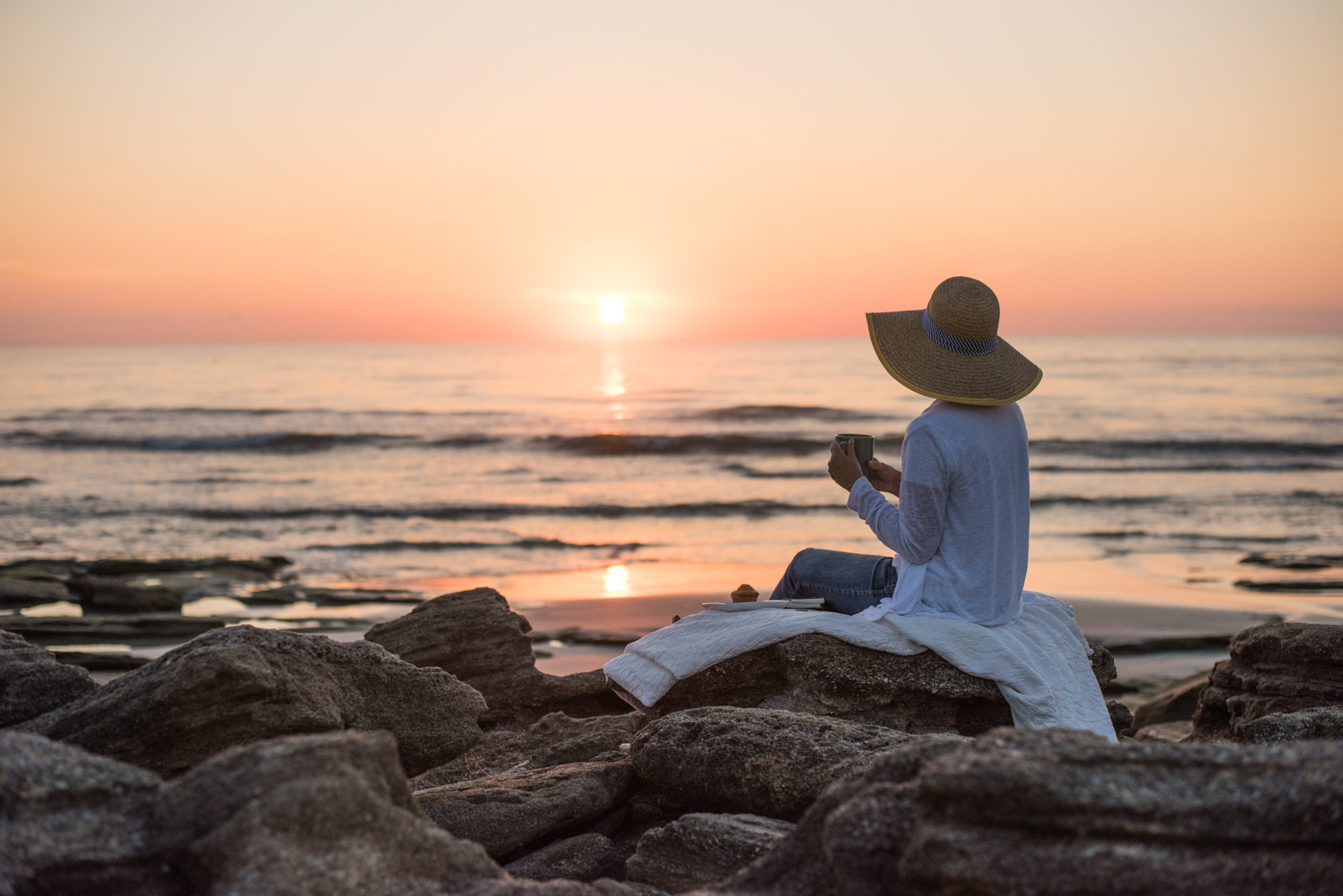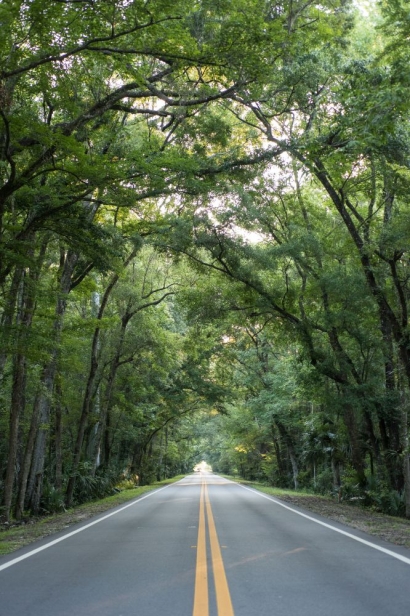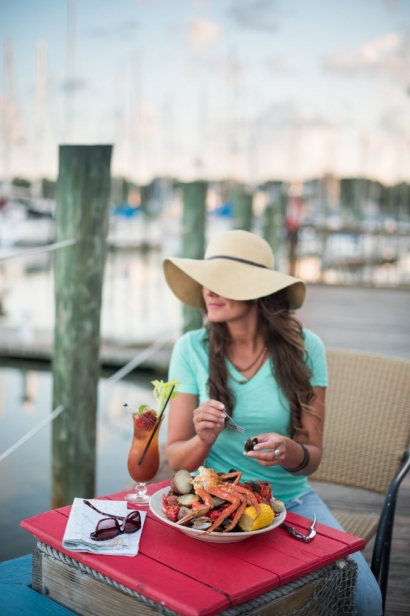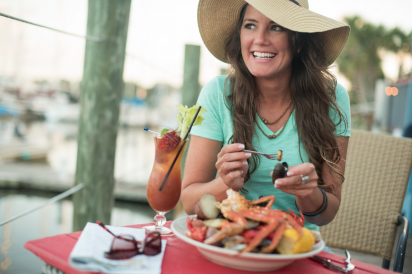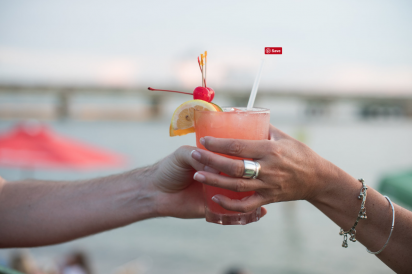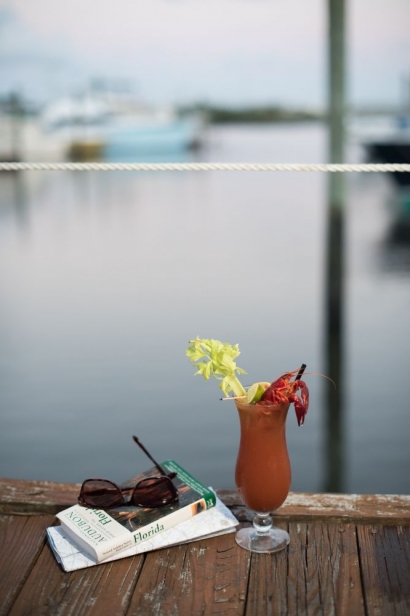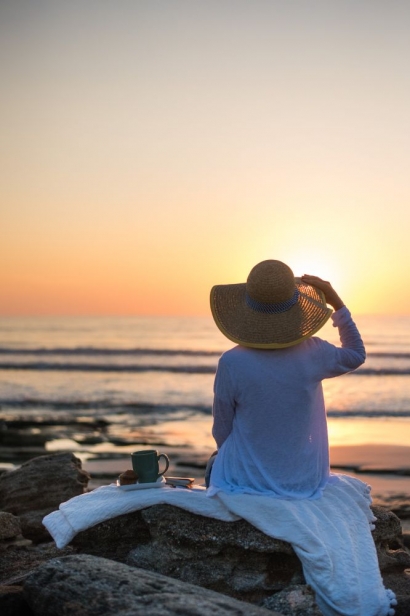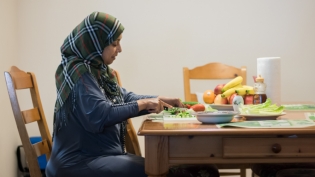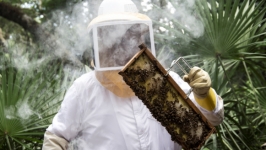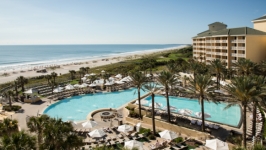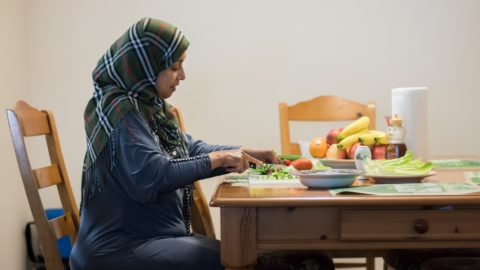Traveling by Word of Mouth
What is the difference between a tourist and a traveler? A tourist sticks to the known route, playing it safe by following standard guides as to where to go, where to stay and what to eat. Travelers open themselves up to the unexpected. They set out to explore a destination through immersive wandering.
A traveler might have a few must-dos on their list, but they don’t confine themselves to a set itinerary. They allow their travels to unfold like an artichoke, fully knowing that to get the heart of a new culture requires a bit of work. It isn’t going to be laid out for them like a buffet, but instead must be discovered by connecting with locals through word of mouth.
A colleague at work recently reached out to me for recommendations about staycationing on Amelia Island. Having lived there for over a decade, I gave him a rundown on where to stay and what to do. I recommended he try a little bar called The Green Turtle Tavern for a cold beer after a long beach day. Tucked in a small, old wooden house with a big porch, it is one of those rare places where tourists and locals intermingle, drifting in and out after a few pints and a good rest. He ended up there with his wife to pass a bit of island time, and he returned to work the following Monday with the most incredible story.
He and his wife met a fisherman at the tavern and struck up a conversation. In many ways, bars and taverns have served as the original “community table” for millennia. Watering holes are among the few public places where strangers speak freely with each other. They are wonderful places for travelers to learn the ins and outs of a locale.
That afternoon over cold ale, the fisherman shared that he caught Golden Crabs hundreds of miles off the coast of Savannah, and then sold them to a broker in New York City for big money. The broker then shipped them to China, where they are served as a delicacy. When the couple inquired where they could try a Golden Crab, expecting the fisherman to name a local restaurant, he instead sent them to a bar just a few blocks away to buy one from the bartender. The couple walked to The Palace Saloon, a tourist destination notable as Florida’s oldest bar in historic Fernandina Beach. They asked for the bartender, who also happened to be the sitting mayor of the coastal town, and bought a crab from his private stash for $20. It was already steamed, and they carried it back to their bed and breakfast then gobbled it up.
My family has lived on Amelia Island for over a century and a half, and for most of that time worked on the water in one capacity or another. Never once had I heard of a Golden Crab. When my coworker shared his experience, it floored me. I was thrilled that he had such an extraordinary evening, and was intrigued to learn something utterly new about a place and a culture where I’m so deeply connected.
The word “culture” comes from the Latin word colere meaning to cultivate, tend or inhabit. Culture is born from cultivation. When the earliest people stopped migrating in search of food and started the first agrarian society in Sumer, or modern day Iraq, they became rooted to the land, adapting to its climate together. Through that adaptation developed value systems and shared qualities, but the origins of any culture begin with the relationship between geography and food.
Perhaps this is why food is one of the most authentic ways to connect with a new culture. Cuisine from a certain locale communicates specifics about the climate, and information about the peoples’ history (think okra, a staple of the American South, and how it traveled here from Africa through the slave trade), and it allows for easy surrender to new customs (like the fun of slurping noodles in Japan to show respect).
Going to the best restaurants in a new city is more than likely going to provide you with excellent artistry, but it is the mom-and-pop dining experiences that begin to reveal the attitudes, beliefs and norms – the true culture of a place. A traveler knows this, and seeks out authentic dining experiences, whether it is a neighborhood pizza joint in New York City recommended by a stranger on the subway or randomly stopping for a snack of boiled peanuts at a roadside stand in rural Georgia. By word of mouth or chance encounter, immersing yourself within the culinary culture of a region is a gift that will stay with you long after you have returned home. It can lead to new knowledge about a region or a people that is beyond anything found bound in a guidebook.
My husband is a chef/restaurant owner, and when we travel, where we choose to eat often sets our itinerary. I spend hours scouring blogs searching for off-the-beaten-path local joints, and of course research the hot trending restaurants as well. Local food is intrinsically tied to place, thus essentially bound to culture. Regardless of where we eat, we take advantage of the opportunity to learn more about a location than what is on the menu. Servers, bartenders and restaurant owners are locals and usually easy to chat up, because whatever dish or drink is served provides common ground. From learning where to find the quietest beaches in Virgin Gorda to the most beautiful cenotes best for snorkeling are hidden in Tulum, when traveling, eating provides an opportunity to get the local scoop on one’s destination.
But you don’t have to travel too far to taste a new culture and learn from it. Dining at ethnic restaurants within your own community is a wonderful way to open yourself up to a new culture. Taking time to talk with the server or restaurant owner about how they came to the U.S., and what life was like for them in their homeland, can provide insight into countries you might never visit. Or the conversation may inspire you to pack up and go. Sometimes, simply connecting over food will provide a new perspective on your very own neighborhood.
A great meal opens dialogue in ways that no other medium can. It can overcome language barriers and cultural dissonance, because satiating hunger is essentially human. Eating brings out our commonality, and makes us more comfortable in accepting our differences. It is a survival mechanism that has brought people together as long as our species has walked the earth. Eating is a sensual experience that provides a certain level of intimacy if you open yourself to the opportunity — and since it is something we have to do every day, why not make it an adventure?
A special thanks to Hurricane Patty's in St. Augustine for the generous contribution of food and beverages used in shooting this story.


